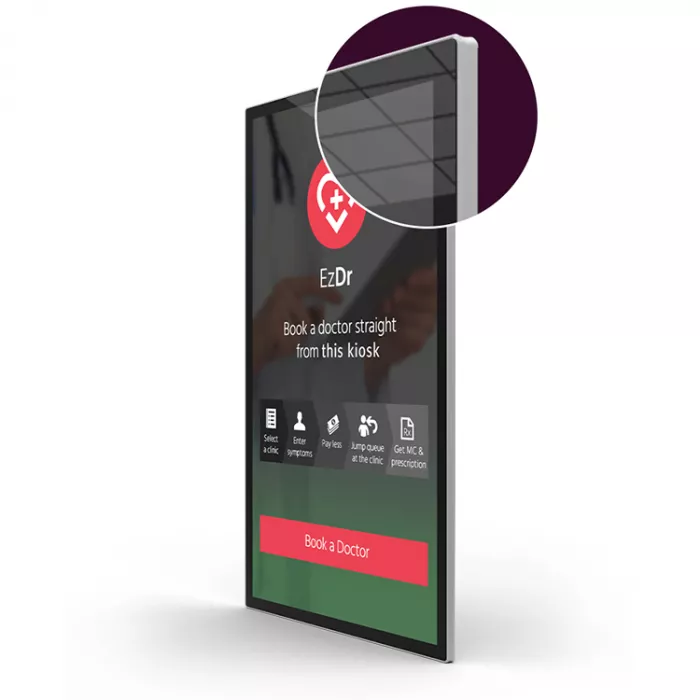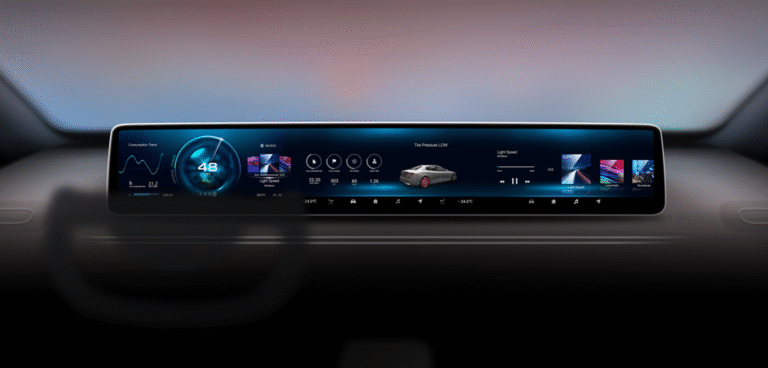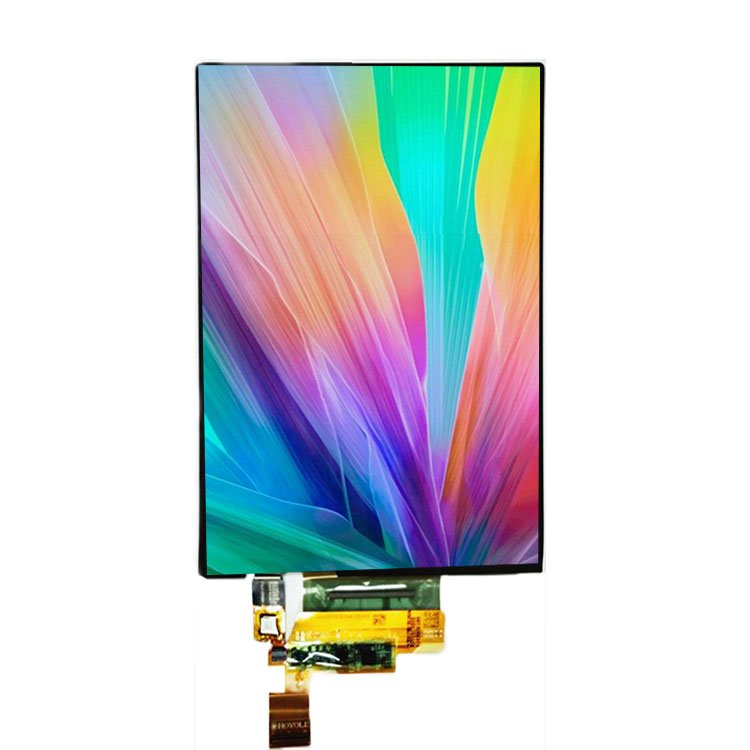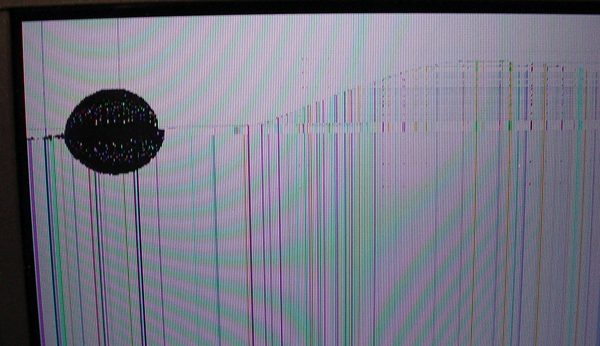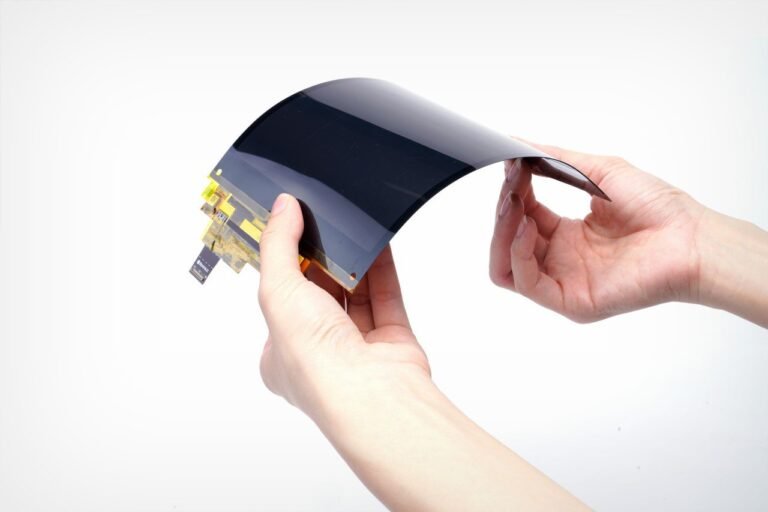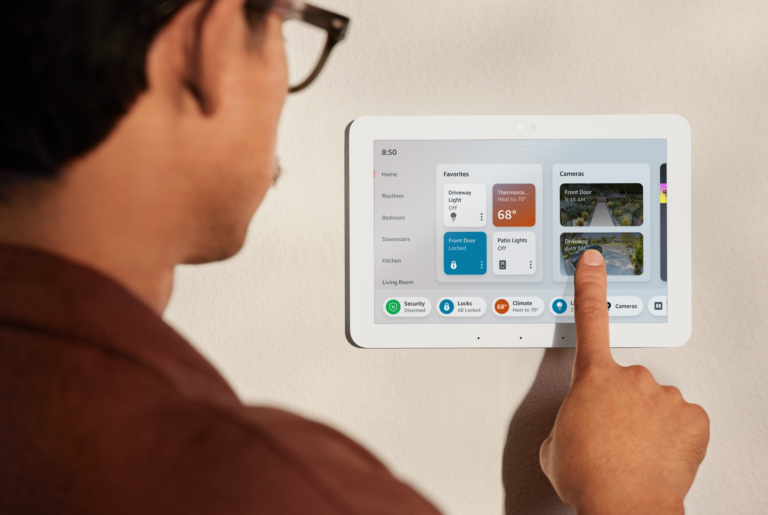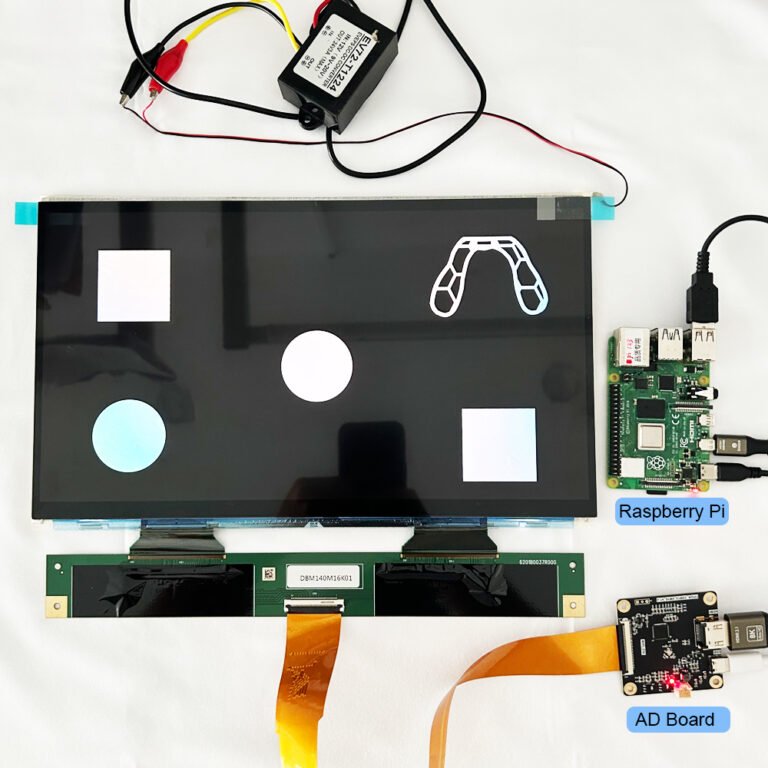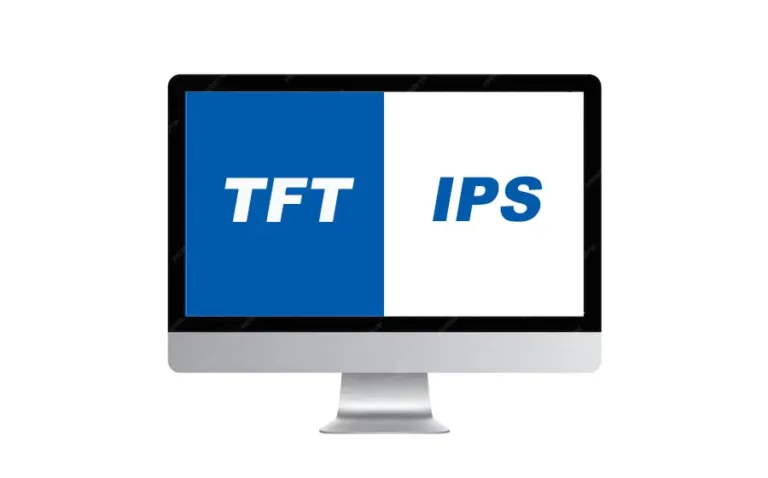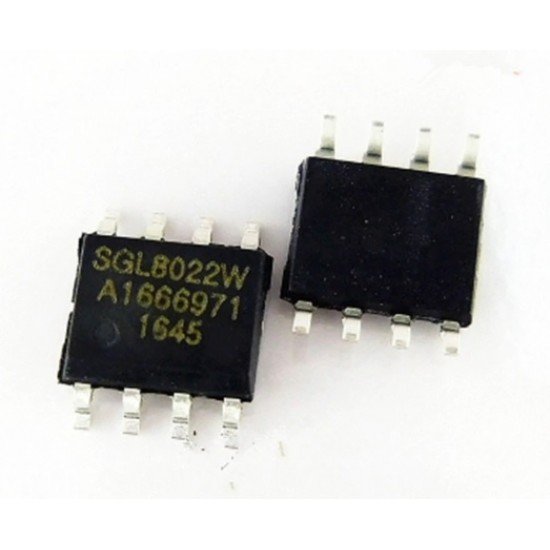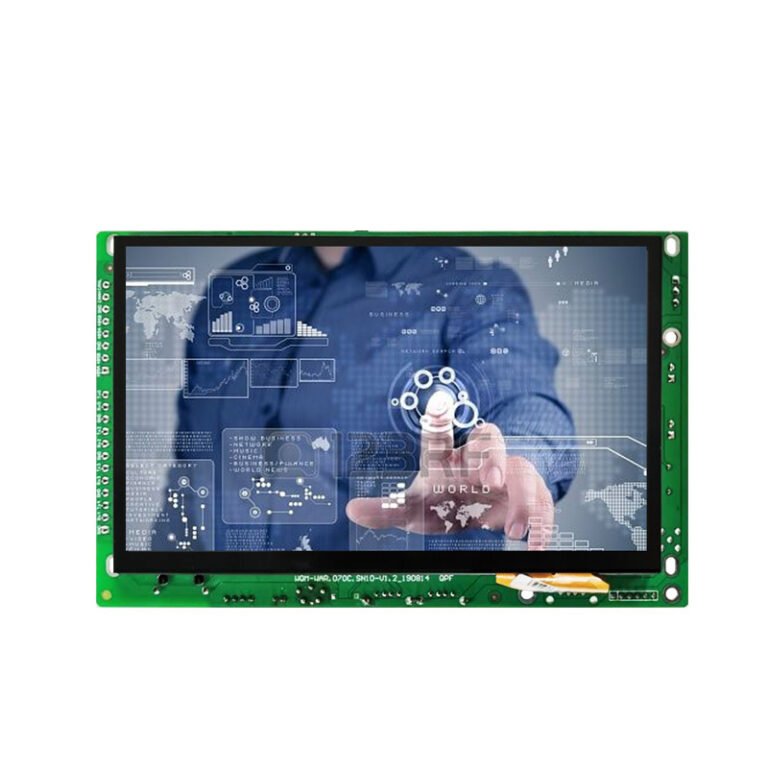Understanding TFT and IPS Display Technologies
What Is TFT?
“TFT” stands for Thin‑Film Transistor, a broad term that covers most LCD panels. Traditional TFT-LCDs, such as TN (Twisted Nematic) and VA (Vertical Alignment), offer fast response times and lower cost but tend to have narrow viewing angles and less accurate color reproduction.
What Is IPS?
IPS (In‑Plane Switching) is a subtype of TFT that delivers wider viewing angles (up to ~178°), more accurate colors, and better contrast consistency. Unlike older TN panels, IPS maintains image quality even from off-center views. However, IPS panels typically consume more power and cost more to produce.
Key Factors That Affect Eye Comfort
When comparing TFT vs. IPS for comfort, it’s essential to look beyond the panel name. Here’s what really matters:
1. Blue Light Emission
IPS displays can emit less blue light than OLED or some TFT variants. Some studies suggest IPS panels may reduce harmful short-wavelength blue light exposure, making them more eye-friendly in low-light or evening use.
2. Flicker (PWM vs DC Dimming)
Brightness control is critical. Many screens use PWM (pulse-width modulation), which can create invisible flicker that leads to headaches and eye strain.
- Panneaux IPS: high‑end models often support flicker‑free (DC dimming), but budget models may still use PWM.
- Some TFT variants reportedly avoid PWM altogether, making them better for sensitive eyes.
3. Brightness & Contrast
- IPS LCDs: rely on a backlight, so low-light environments may reveal a greyish “black” and higher glare.
- TFT panels: contrast can vary by subtype (e.g., VA has better blacks than TN).
High contrast and proper brightness tuning help reduce eye fatigue.
4. Viewing Angles & Color Accuracy
IPS panels offer consistent brightness and color across wide angles, reducing gaze shifting and eye effort. TFT-TN panels, on the other hand, suffer from color shift and brightness drop when viewed off-axis—often making users squint or refocus.
What Do Users Say?
Some users experience eye strain, headaches, or blurred vision when switching from TN to IPS—even after calibration. Others say strain subsided after a few days—suggesting adaptation plays a role.
Reports point to specific IPS subtypes (e.g., Nano‑IPS, Oxide‑TFT) associated with strain, possibly due to color spectrum or PWM behaviors.
Why Could TFT Feel More Comfortable Sometimes?
- No PWM Flicker: Some TFT-based tablets or displays use DC dimming, avoiding flicker entirely. This can make them feel smoother to sensitive users.
- User Preference: Brightness settings, color saturation, and presets heavily influence comfort. Oversaturated, high-blue-light IPS screens can aggravate discomfort.
Individual sensitivity varies—some people adapt better to IPS and others are more comfortable on certain TFT setups.
Practical Comparison
| Facteur | IPS Displays | TFT Displays (TN / VA / others) |
|---|---|---|
| Angles de vue | Wide, consistent | Narrow (especially TN) |
| Précision des couleurs | Haut | Plus bas |
| Blue Light Exposure | Moderate (some claims of lower output) | Varies by device |
| Flicker / Dimming Technique | Often DC, but some PWM models | Some avoid PWM, others may not |
| Response Speed | Moderate (~5-8 ms typically) | Typically faster (TN fastest) |
| Eye Strain Sensitivity | Mixed—some report discomfort with IPS | Some sensitive users find simpler TFT easier |
Tips to Reduce Eye Strain Regardless of Panel Type
- Adjust brightness and contrast to match ambient lighting—not too bright or too dim.
- Use warm color temperature or software like f.lux to reduce blue light.
- Enable DC dimming or flicker-free mode—avoid PWM below ~100 Hz.
- Take frequent breaks: follow the 20‑20‑20 rule—every 20 minutes look at something 20 feet away for 20 seconds.
- Add ambient bias lighting in dark rooms to reduce eye strain from bright screens.
- Be wary of especially vivid color presets—oversaturation can cause fatigue.
Final Thoughts: Which Is Better for Eye Comfort?
The reality is: no single display technology guarantees comfort for everyone. That said:
- Panneaux IPS shine when it comes to visual consistency, color accuracy, and viewing comfort in environments where multiple angles matter.
- TFT (non‑IPS variants) Peut être plus indulgent pour certains utilisateurs — surtout s'ils utilisent un contrôle de luminosité sans MLI et une émission de lumière bleue réduite.
Si vous achetez un moniteur ou un panneau et que le confort visuel est une priorité :
- Choisissez un écran IPS avec atténuation CC et filtre de lumière bleue.
- Envisagez un affichage TFT si vous savez que vous êtes sensible au scintillement — ou cherchez spécifiquement des modèles sans MLI.
- Testez toujours les niveaux de luminosité, les réglages de couleur et les modes d'utilisation avant de vous engager.
Questions fréquemment posées
Q1 : L'IPS est-il toujours plus confortable que le TFT ?
Non. Certains utilisateurs trouvent les écrans IPS avec MLI importante ou trop lumineux inconfortables, tandis que certains écrans TFT avec atténuation CC sont beaucoup plus doux pour leurs yeux.
Q2 : Les écrans IPS sont-ils mauvais pour la santé des yeux à long terme ?
Pas intrinsèquement — L'IPS offre de meilleurs angles de vision et des couleurs stables. Mais des facteurs comme la luminosité, la lumière bleue et le scintillement peuvent rendre tout affichage agressif s'il est mal utilisé.
Q3 : L'IPS consomme-t-il plus d'énergie et produit-il plus de lumière bleue ?
L'IPS consomme généralement plus d'énergie que le TN, mais les progrès ont réduit l'écart. La production de lumière bleue varie — certains panneaux IPS sont conçus avec des caractéristiques d'émission réduite.
Q4 : La fatigue oculaire due à un écran IPS peut-elle disparaître ?
Souvent, oui. De nombreux utilisateurs rapportent que leurs yeux s'adaptent en quelques jours ou semaines. Mais si les problèmes persistent, envisagez de changer ou d'ajuster les réglages.
Q5 : Quel panneau est le meilleur pour les professionnels travaillant de longues heures ?
Recherchez des moniteurs IPS avec certification sans scintillement, modes de couleurs chauds réglables et paramètres de lumière bleue réduite.



